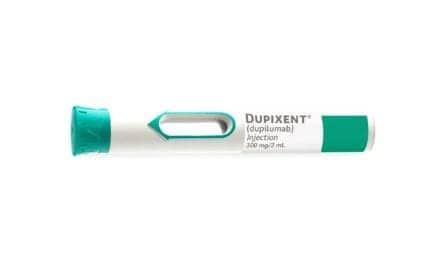Researchers in Germany have successfully developed a new protocol for identifying neonatal patients with bronchopulmonary dysplasia by the use of magnetic resonance imaging (MRI), according to a study published in Thorax.
Between 15 and 30% of all preterm babies with a birth weight of less than 1000 grams or who are born before the 32nd week of pregnancy develop bronchopulmonary dysplasia. Depending on disease severity, BPD can lead to lung dysfunction that continues into adulthood, and in some cases also leads to death.
“Up until now it has only been possible to diagnose according to clinical criteria that only allow for a low degree of differentiation ,” reports Dr Anne Hilgendorff of the Institute of Lung Biology (ILBD) at the Helmholtz Zentrum München. “…There has been a lack of specific options for assessing structural changes in the lungs while avoiding the harmful effects of radiation, and this has made personalized treatment and follow-up monitoring more difficult.”
A new MRT protocol could now close this gap, researchers say.
The study evaluated MRIs of 61 neonates born before the 32nd week of pregnancy. During the examination, which took place close to the date of birth, they were already able to breathe independently and underwent MRI scanning during spontaneous sleep.
Statistical analysis of the MRI data revealed increased T2 and decreased T1 relaxation times, indicating the presence of bronchopulmonary dysplasia.
“Our results mark an important step towards improving image-based phenotyping of infants who are at risk or have developed the disease,” said Hilgendorff. “In future, individual treatment and monitoring strategies will thus be possible.”
It is important, she stresses, that large perinatal centers now use this method and evaluate it jointly aiming at identifying potential subtypes of BPD.









